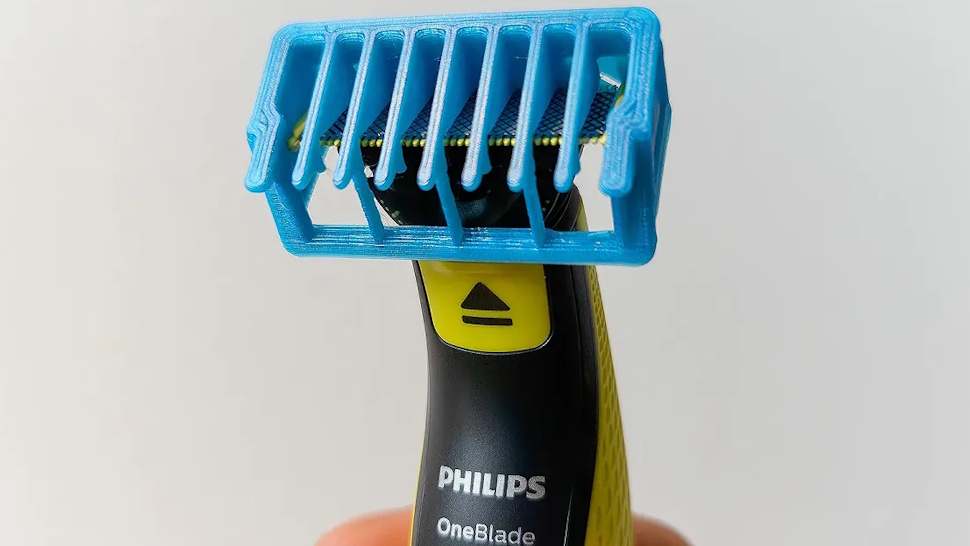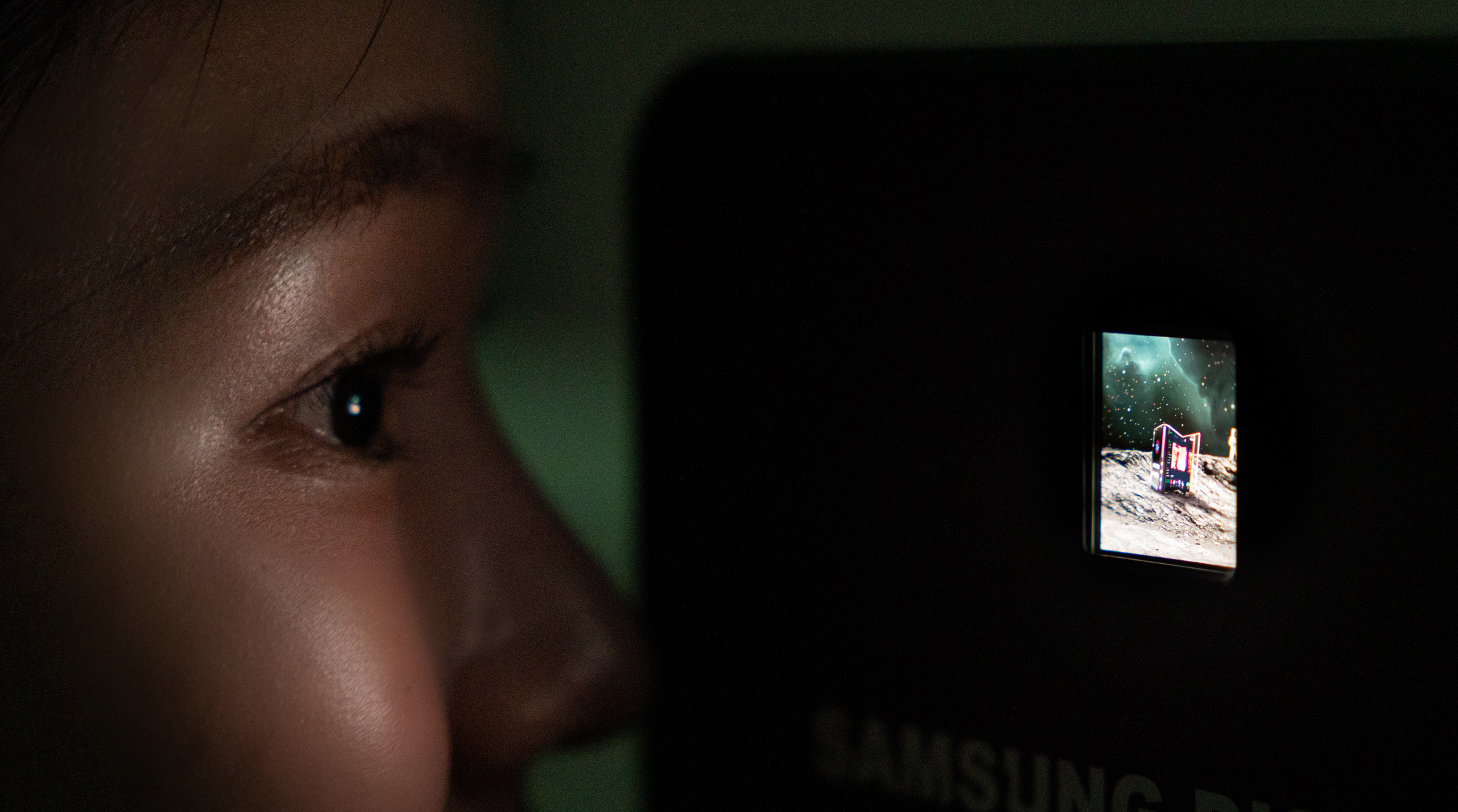
One small razer guard comb for man, one giant leap for man-kind.
3D printing has been huge for DIY makers of all stripes, and it’s about to get more official with brands like Philips offering replacement printable components. Once the niche toy of rich tinkerers, 3D printing has become a must have companion for many homes. They’re now so easy to use and affordable it’s not uncommon to find them in libraries and coworking spaces. It’s easier than ever to get access to some flavour of 3D printer, which is perfect if you need to replace that one weirdly specific piece of plastic from that thing that broke, like a guard for your razer.
While grand tasks of 3D printing like turning one into a terrifying tattoo machine are wonderful, sometimes it’s the little projects that really make these tools feel useful. Printing small parts or jigs has to be one of the most common uses for most people’s 3D printer – that’s after they’ve printed that one-shot dragon print everyone does. The hard part is often locating or creating the models to the specifications you want.
That’s why this new initiative from Philips is so exciting, even if the company only has a single print available at the moment. Tom’s Hardware reports the program dubbed “Philips Fixables” will see the brand upload officially drafted files for everyone to download and print for free at Printables.com. While a library of components is promised, for now all that’s on offer is a 3mm comb guard for a Phllips shaver.
If this isn’t the particular part you need, you can head to the Philips Fixables website and put in a request for the component you’re after. Requesters will receive a notification and link if their request is approved and uploaded for download, but there’s no sign of how long that might take.
The shaver part is a good first step in what will hopefully be a great initiative in steps towards a-right-to-repair future, but it’s hard to have much hope with the single part available right now. You can always 3D print this track pad in the mean time so you can use it to scroll through the hopefully fuller catalog by the time it’s done.
It’s still great to see a start. Plus a relatively small print that has a required amount of sturdiness with some complex shapes is a great test print for any printer, especially to see if you’re dialed in to what Philips is expecting from your print. Perhaps we’ll all be printing razer guard combs instead of little boats in the coming years.
Best handheld gaming PC: What’s the best travel buddy?
Steam Deck OLED review: Our verdict on Valve’s handheld.
Best Steam Deck accessories: Get decked out.








